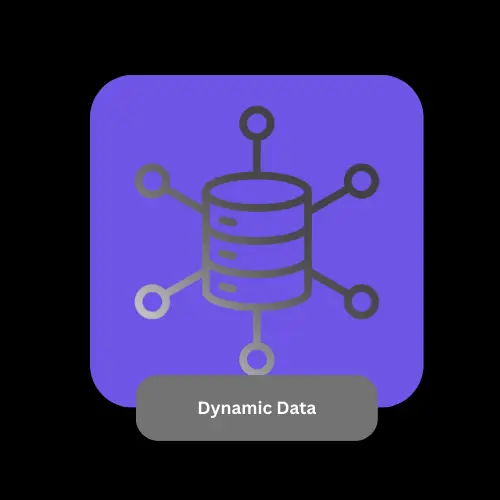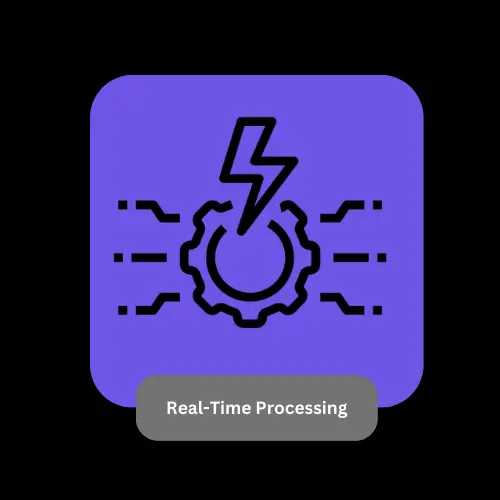godEye
Concept For A Fully Functional Crime Prediction Model
Predictive models use statistical algorithms coupled with machine learning models to anticipate future crimes.
However, these models need refining to reduce bias and improve accuracy.
However, these models need refining to reduce bias and improve accuracy.



This technology is still in its early stages and not yet at optimal performance.
At godHand, we aim to refine and elevate it, building not only an acceptable but exceptional system that enhances crime response, strengthens communities, and paves the way for a safer, more controlled future.
At godHand, we aim to refine and elevate it, building not only an acceptable but exceptional system that enhances crime response, strengthens communities, and paves the way for a safer, more controlled future.
Building a Revolutionary Crime Prediction Model: A Hierarchical Approach
Creating a World Model
Understanding World Models
A world model is a mathematical and digital representation of the real world.
It is an abstraction of the physical world, localized to a particular set of elements necessary for an outlined function.
It is an abstraction of the physical world, localized to a particular set of elements necessary for an outlined function.
People's lives follow repetitive patterns governed by benchmark events, for example:

School
08:00 - 16:00

Shopping
14:00-16:00

Eating
07:00,12:00,19:00
These are crude examples since the lives people live do not fall into set habits and timeframes so easly. The idea is to show that humans are pattern-seeking creatures, however complex and loosely tied those patterns may be. By understanding their patterns and how they evolve, more specifically mathematically describing human decision-making, we stand a good chance of predicting their behavior.
Key Questions for World Models:
Can the world model be reduced in complexity to produce an accurate representation of nature?
How far can it be reduced before losing accuracy?
Questions Specific to Criminal Patterns:
How do criminals live?
What are their patterns?
What are their benchmark events?
What do their world models look like?
Can a world model be created for criminals alone without considering outside events?
How often does one person commit crime?
Key Questions for World Models:
Questions Specific to Criminal Patterns:
Insight: Crimes in specific regions often relate to the resources criminals can exploit — vulnerable stores, people to rob, and houses to break into.
The Necessity of Dynamic Data
Typical artificial intelligence models are trained on a single, static sample of data.
This approach is limiting, given the ever-changing nature of the world.
To overcome this, dynamic data is essential to monitor the continuous evolution of environments.
Dynamic models would operate similarly to analogue and digital systems, representing the analogue world in discrete data increments. This we believe is necessary to achieve threshold predictive capabilities.
This approach is limiting, given the ever-changing nature of the world.
To overcome this, dynamic data is essential to monitor the continuous evolution of environments.
Dynamic models would operate similarly to analogue and digital systems, representing the analogue world in discrete data increments. This we believe is necessary to achieve threshold predictive capabilities.
World Lines
A world line is the history of a specific individual through space and time.
Key Considerations for World Lines:
Should individuals be tracked in isolation from their environments?
Or do we need to include the environment to get context?
How much of the environment is necessary?
Defining the environment:Is it geospatial (specific locations)?
Is it the people the individual interacts with?
Is it a combination of both?
Key Considerations for World Lines:
Defining the environment:
Abstraction
Representing Criminal Behaviour
How do you keep track of individual criminals? One approach is through abstraction:
Dynamic data provided by citizens and officers over specific locations can create an emergent representation of a single individual.
This individual is the sum of multiple criminals committing offenses within a localized region.
Analogy: This abstraction is similar to the modern atomic model, where an electron's position is averaged over a probability cloud.
Goals of Abstraction:
Start with abstracted criminals and their world lines based on geospatial crime events.
Scale down to real individuals over time.
Geospatial Sectors:
A geospatial sector is a region where crimes occur within close enough proximity that they are justifiable as the actions of a single abstracted individual.
How far is a criminals reach?
If our attention is focused on petty criminals who commit crime in specific regions due to poverty it may be possible to reduce the scale of the world model or to section it off within geospatial sectors.
Analogy: This abstraction is similar to the modern atomic model, where an electron's position is averaged over a probability cloud.
Goals of Abstraction:
Geospatial Sectors:
A geospatial sector is a region where crimes occur within close enough proximity that they are justifiable as the actions of a single abstracted individual.
How far is a criminals reach?